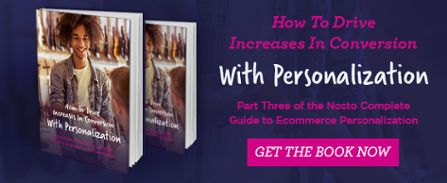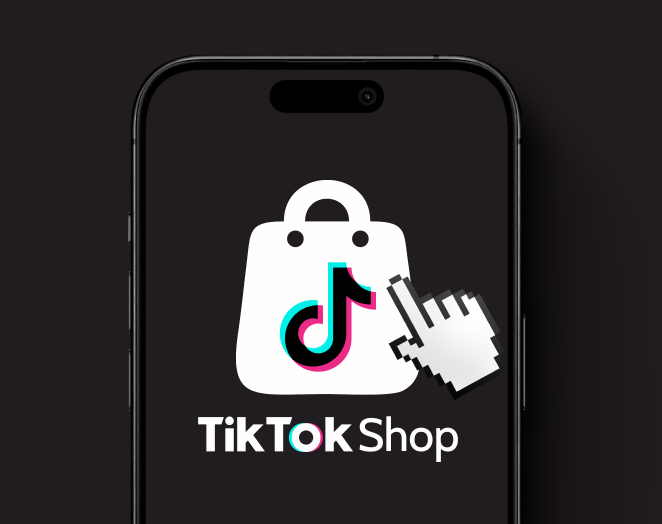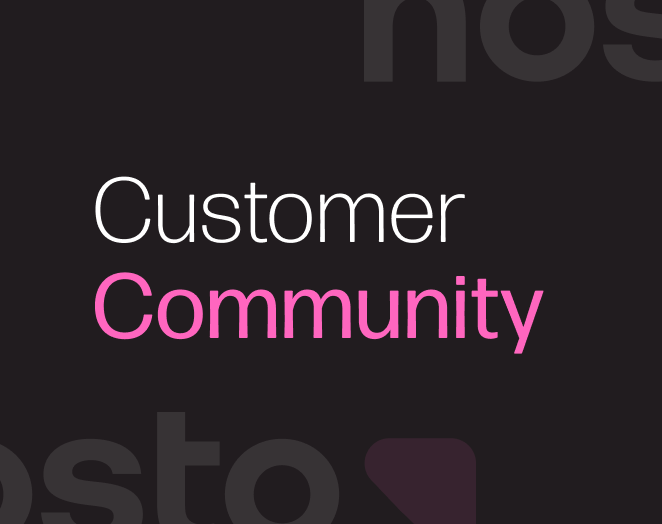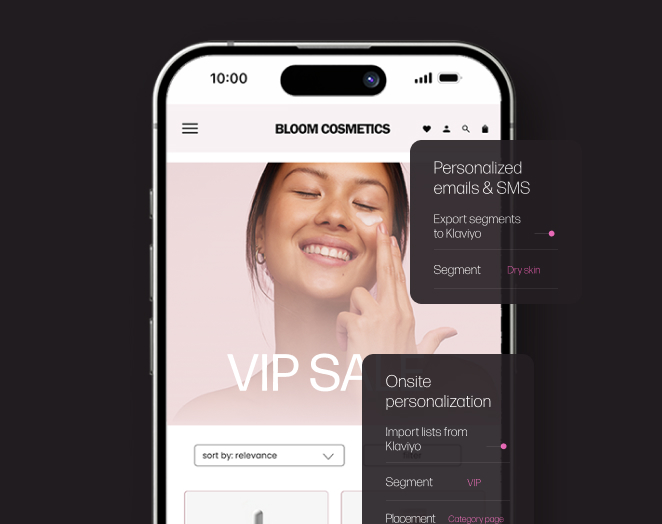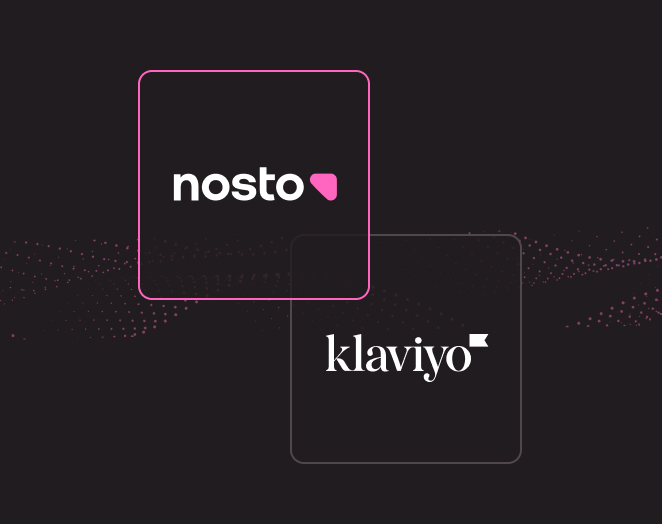3 ways to use an abandoned cart to your advantage
Given the amount of work that goes into getting the few shoppers that make it this far to do so, it isn’t surprising that those trolleys full of both virtual products and hope, can feel precious beyond belief. We have even explored some of these causes, as well as methods for tackling them, in recent blogs on optimized product and cart pages. Yet, on average, about 70% of them, will be abandoned- which can feel like failure.
But while preventing abandoned carts should always be your first port of call, they needn’t be seen as an ecommerce dead-end. In this blog I will look at the reasons why cart abandonment doesn’t have to mean all is lost and how you, the retailer, can actually leverage a shopper who fills and abandons a cart it when it does occur.
Why cart abandonment doesn’t mean complete failure…
Reason number 1:
A customer’s onsite behaviour, which includes the fulfilment of a number of micro-conversions, allows you to gather important customer information
How to leverage it:
Onsite personalized recommendations
It may not feel like it if you’re watching your bottom line stay still, but every click on your site is valuable and should be an aim in itself. Afterall, a successful purchase is not made in one swift move but is instead the result of multiple steps or micro-conversions. Google defines Micro-conversions as “activities that users frequently engage in before purchasing” – they signify a well-optimized site, that is setting and achieving multiple goals. It may feel like a buzzword but, if harnessed correctly, these are of inherent worth. Which is why you should encourage, monitor and utilize them accordingly- especially as they leave a digital trail that you can use later on.
To do this install software that will monitor these behaviours (yes, including ours)- with the right tool the data generated can then be automatically used to personalize the customer journey on return visits. While shoppers do abandon carts, it is not always because they are not planning to purchase- in fact with longer buying cycles many shoppers may come back to to complete a transaction later on (especially with high ticket items). If this happen you want to make it as easy as possible for them to continue where they left off – this can be done with 1:1 personalized product recommendation based on what they browsed (including how many times and for how long) and what they added to their cart or wishlist. All of a sudden that originally abandoned cart is allowing you to help convert a returning customer, while providing them with a high level of customer service.
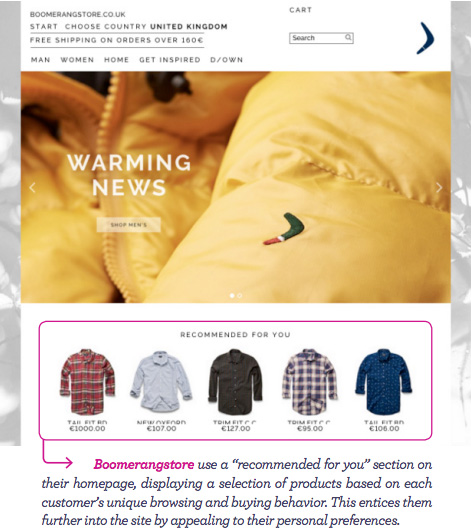
Reason number 2:
Each visit to your store, whether it converts or not, is an opportunity to increase your database
How you can leverage it:
Pop-ups
While only a fraction of visitors to your store will shop during the first visit, that isn’t to say they can’t be tempted to do something else. A micro conversion we haven’t yet mentioned yet but one that should perhaps be placed above all others as leveragable for the future, is contact detail collection. One of the best ways to do this is with the use of a pop-up.
These can of course, be used to reduce site abandonment and increase conversion with time-limited special offers but they can also be used to get those oh-so-important email addresses.
Consider the following two approaches;
- Stop shoppers from leaving items behind by allowing them to send themselves a record of their basket for later purchase, concurrently growing your customer database, opening up the possibility for them to complete their purchase later on, and allowing for retargeting (which we will come onto later).This is triggered by exit intent, behaviour such as specific mouse cursor movements, and only for shoppers that have items in their cart.
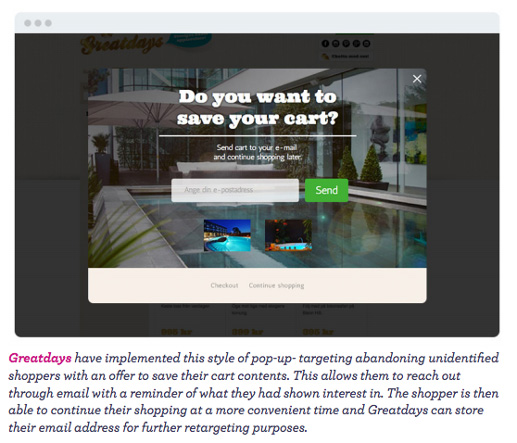
- If you’re willing to give a little something away in exchange for a customer’s contact details (and in the hope they won’t abandon after all) then offer visitors the chance to subscribe to your newsletter in exchange for a tempting discount. Again, this can be triggered by exit intent so that you are only giving away the good when it counts.
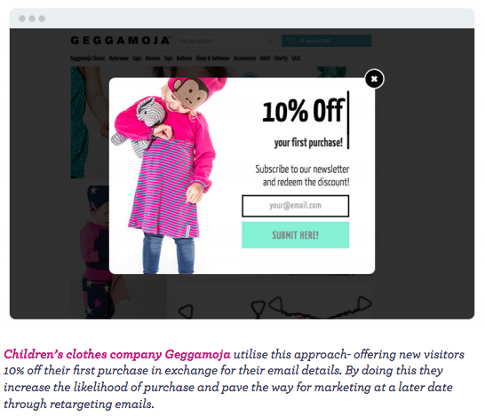
Reason number 3:
The data and email addresses you have gathered can be used to retarget
How you can leverage it:
Triggered emails, personalized marketing communications and ad retargeting
Ok, so despite all your efforts they left. Time to look for and recap the positives. You fulfilled a number of small goals in terms of micro-conversions, gathered a load of data and, if all went to plan, at least got their contact details. Now what? Time to put it all to use and bring them back to your site! How? Through re-targeting. But let’s be a little specific, you’re options are varied but include the following;
- Advertising retargeting – Reach back out to customers via display or social media advertising. Advertising can be hard to get right, and expensive when it is done wrong. But you now have an audience that you know to be at least intrigued by what you have to offer, as well as information as to which of your items they are particularly keen on- use that to your advantage by reminding them of the pieces they left in their cart. These can be positioned either in the display ad space of other websites, or in native carousel ads on their favorite social media sites- both busy places but you now have the 1:1 knowledge to help you stand out from the crowd.
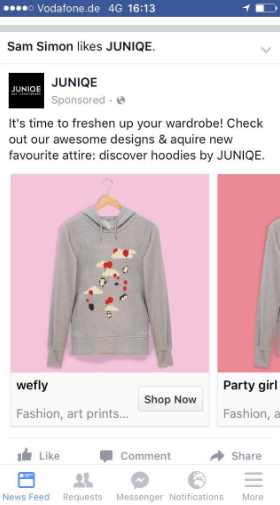
Juniqe use carousel native advertising on Facebook to remind customers of the items they left in their cart.
- Triggered emails – An email automatically generated as a reaction to pre-set user behaviors. These can be used, for example, to automatically follow-up on orders with other product suggestions. In this case, the following are most useful;
- Abandoned cart emails (as you might expect) – Allow customers to pick up where they left off with an email that includes the items they selected in-store and also recommends related items on top. Not only are you making it easier for them to recover their products and complete their purchase but also providing a more personalized service to inspire further shopping.
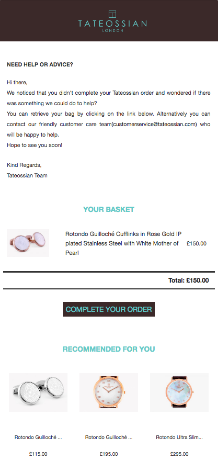
Tateossian not only remind customer what they had in their basket but use the data they have collected to make recommendations on top.
And if that fails…
- We miss you emails – Automatically detects when a customer has not visited your store for a while and give them a reason to come back by automatically sending a ”We Miss You” email, containing highly relevant and personalized product recommendations. By offering products based on their previous shopping behavior you not only show that you have learned their likes and dislikes, therefore building a more personal relationship, but they are also more likely to be tempted to return!
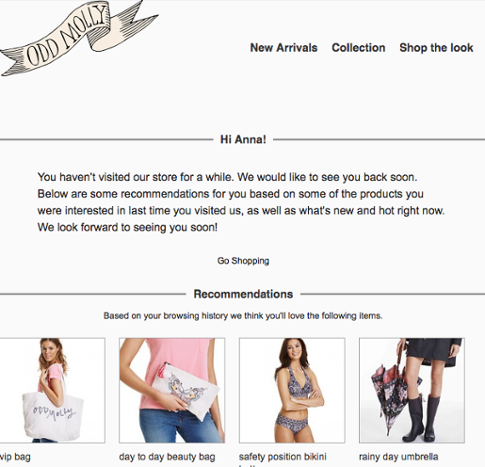
Odd Molly send idle customers an email to entice them, using browsing based recommendations.
- Email personalization widgets – This is another way to bring personalized product recommendation to your marketing communications. Unlike the triggered emails discussed above however, these are not email activated by the behavior of a shopper (i.e. cart abandonment or long periods of inactivity) but instead a layer of personalization added to your standard marketing emails. This allows you to use the data generated from their previous visits to turn any email you send into a one-to-one communication, that is more likely to bring them back to your store. Far more relevant email communications leading to greater open rates, click-through rates and, most importantly, more sales. And all thanks that previously unfulfilled visit!
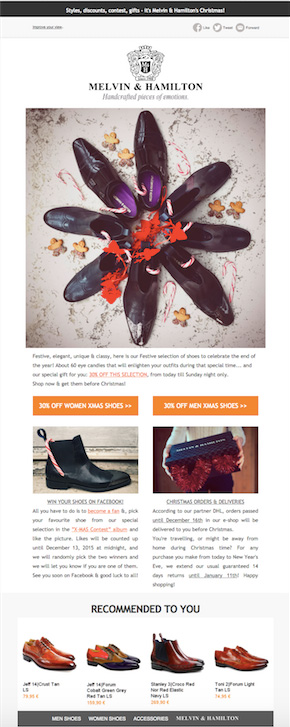
Melvin & Hamilton added a “Recommended to you” section to their newsletter.
So, you know what they say – if life gives you lemons, make lemonade! Hopefully this blog has shown you that abandoned carts, although undesirable, are not just full of unbought items, but also opportunities. I would love to hear your thoughts in the comments.
Want to know what to do next, to get those carts to convert? Download our ebook for free below.

